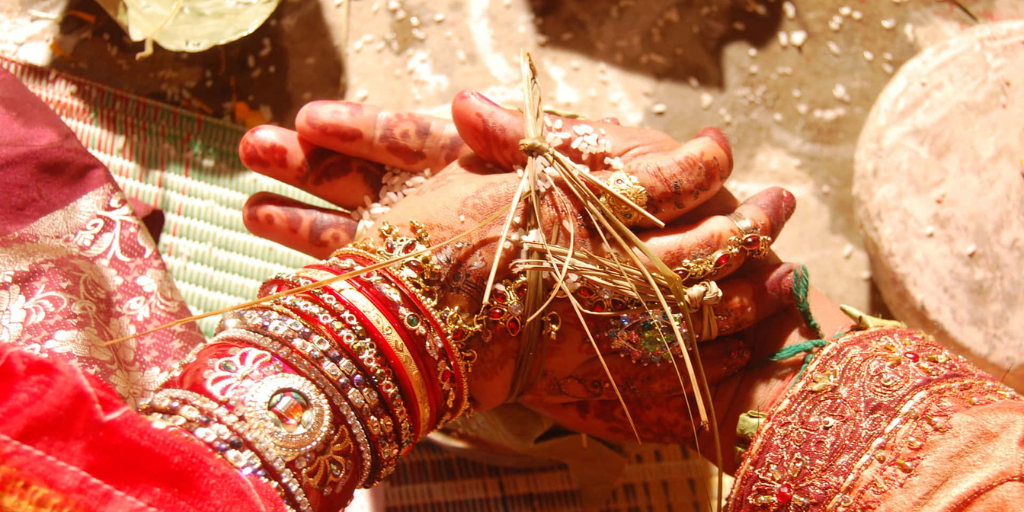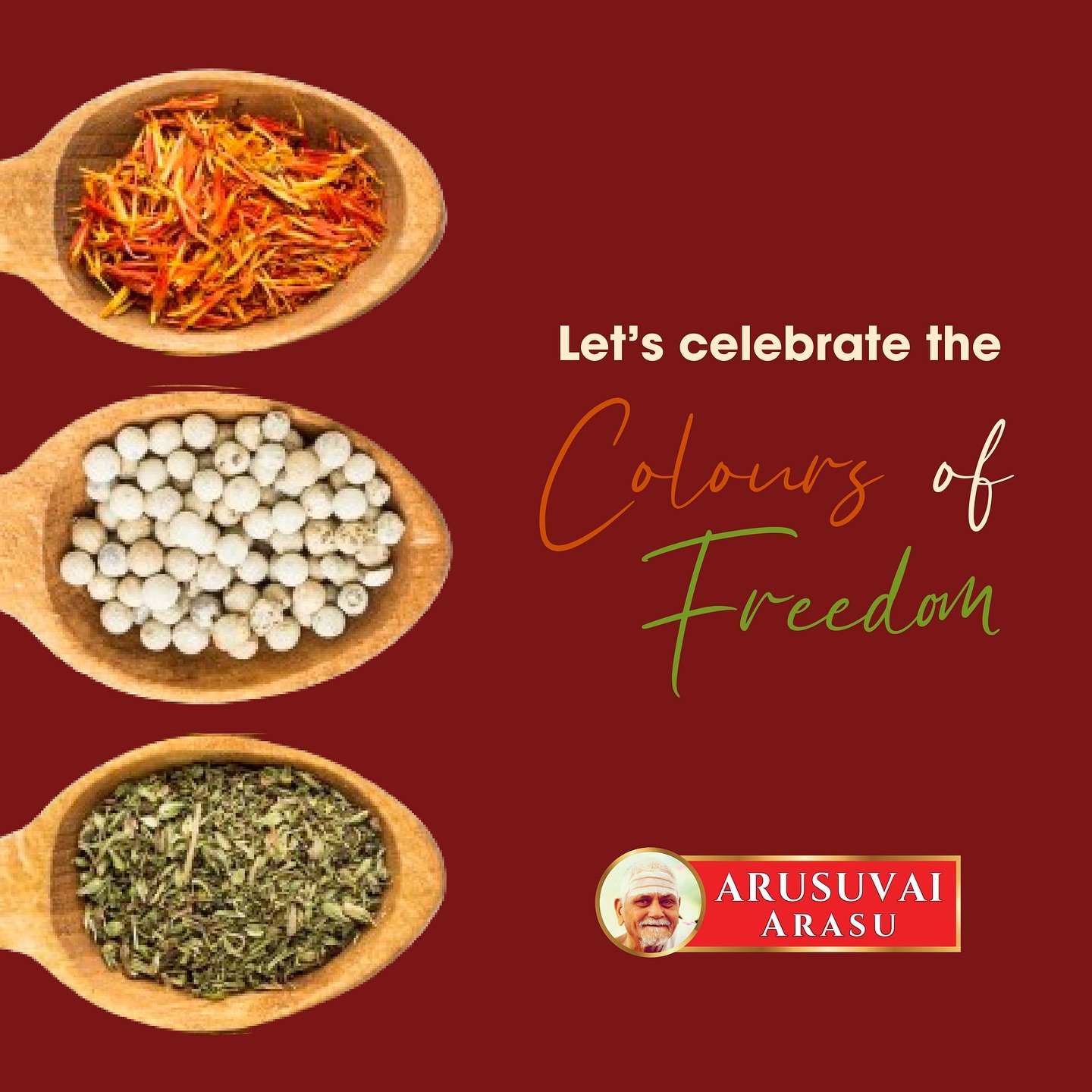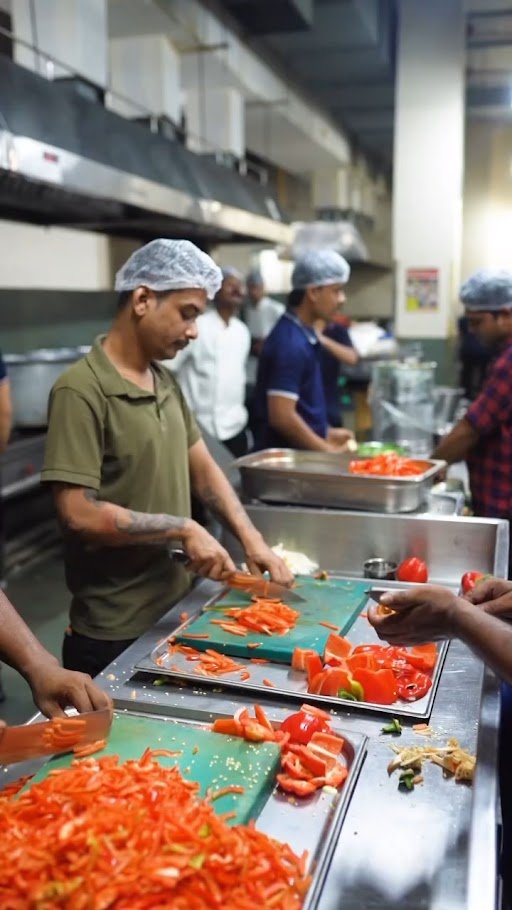India is renowned for its grand weddings, which are vibrant, deeply rooted in tradition, and vary significantly across different regions and cultures. North Indian weddings, in particular, are a blend of religious ceremonies, cultural customs, social festivities, and an array of delicious food that many relish. Arusuvai Arasu has established itself as one of the nation’s finest premium wedding caterers, creating memorable experiences for couples and their families. Each event in a North Indian wedding holds its own significance, symbolizing love, unity, and togetherness.
Detailed Timeline of a Traditional North Indian Wedding
1. Roka Ceremony
Roka ceremony generally occurs several months prior to the wedding. Roka serves as the initial formal declaration of the engagement. During this event, the families of both the bride and groom exchange gifts, and the couple receives blessings from their elders. This ceremony is often intimate, attended by close family members only.

2. Engagement Ceremony (Sagai)
During the Sagai the couple exchanges rings in the presence of their families and close friends. Following the engagement, a small celebration often takes place, featuring music, dance, and a festive meal shared by both families.

3. Mehendi Ceremony
Mehedi is often considered as the most essential ceremony where the bride’s hands and feet are decorated with elaborate henna patterns, representing joy, beauty, and spiritual awakening. This event is accompanied by traditional songs and dancing, with participation from female relatives and friends.

4. Sangeet Ceremony
The Sangeet is an evening filled with music, performances, and merriment. Both families express their affection for the couple through choreographed dances, songs, and skits, creating a night of joy, laughter, and familial bonding.

5. Haldi Ceremony
On the morning of the wedding day. a paste composed of turmeric, sandalwood, and other auspicious ingredients is applied to the bride and groom by their family members. The Haldi ceremony is believed to purify the couple and protect them from negative energies, while also enhancing their natural glow before the wedding.
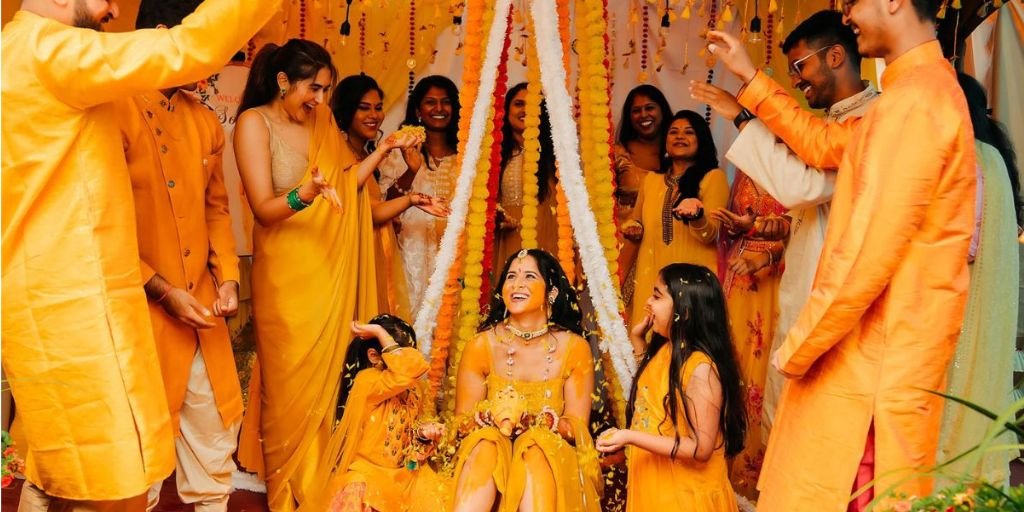
6. The Wedding Day
a. Baraat: This usually in the evening, prior to the wedding ceremony when the groom makes his entrance at the wedding venue.

b. Jaimala: The moment the groom arrives at the venue. The bride and groom engage in the exchange of floral garlands, which symbolizes their mutual respect and acceptance of one another. This occasion is often characterized by a playful atmosphere, with family members attempting to lift either the bride or groom higher, adding a light-hearted challenge to the event.

c. Kanyadaan: During the wedding ceremony , The bride’s father or a male relative formally entrusts her hand to the groom, representing the transfer of familial responsibility. The groom pledges to care for the bride throughout their lives together.

d. Phere (Seven Sacred Rounds): During this the couple circles a sacred fire seven times, with each round symbolizing a vow exchanged between them. These vows encompass essential aspects of their life together, including love, duty, respect, and fidelity. The Phere are regarded as the most crucial element of the wedding ceremony.

e. Sindoor and Mangalsutra: At the conclusion of the wedding ceremony, The groom applies sindoor (vermilion) to the bride’s hair parting and fastens a mangalsutra (a sacred necklace) around her neck. These rituals signify the bride’s transition into her new role as a married woman.
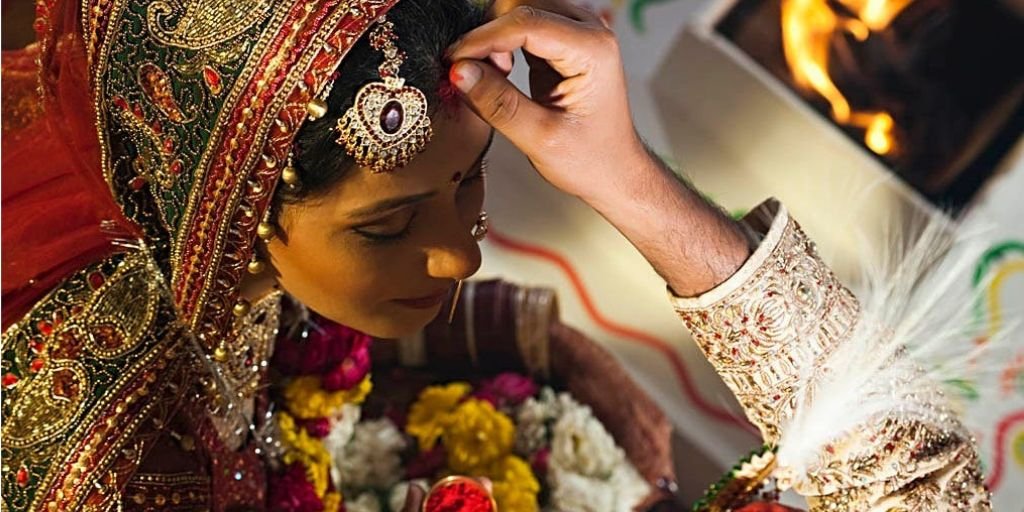
f. Vidai (Farewell): Following the wedding ceremony, The bride emotionally bids farewell to her family as she departs from her parental home to begin a new chapter with her husband. This moment is often filled with tears, marking the start of her new journey.

8. Reception
The reception is a splendid event organized by the groom’s family to formally present the bride to their wider circle of relatives and friends. This occasion features an evening filled with dining, dancing, and merriment, during which the couple receives an abundance of blessings and gifts.
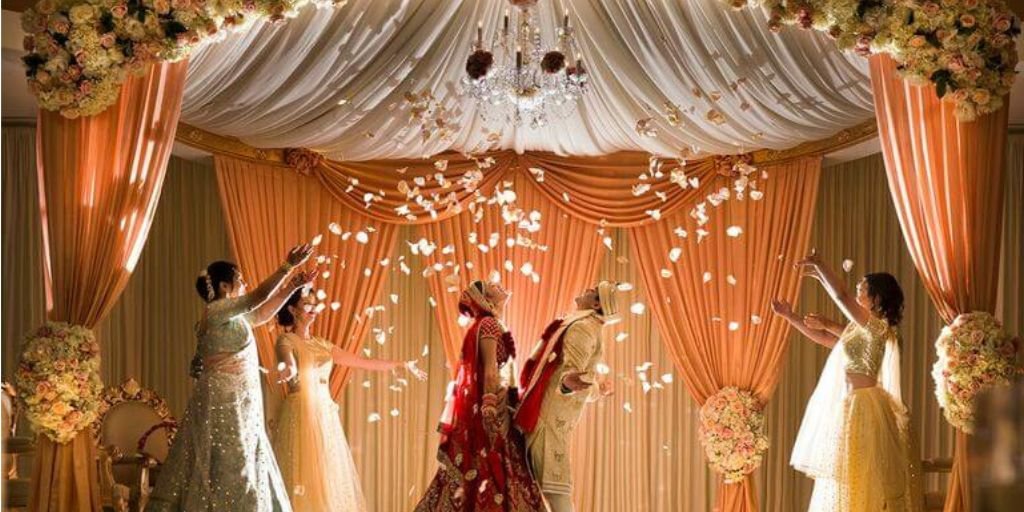
Conclusion
A traditional North Indian wedding transcends the mere union of two individuals; it signifies the merging of two families and communities. The entire celebration is characterized by love, joy, rituals, and customs that have been cherished through generations. Each ceremony, regardless of its scale, plays an essential role in representing the sacred bond of marriage and the blessings that accompany this union.
